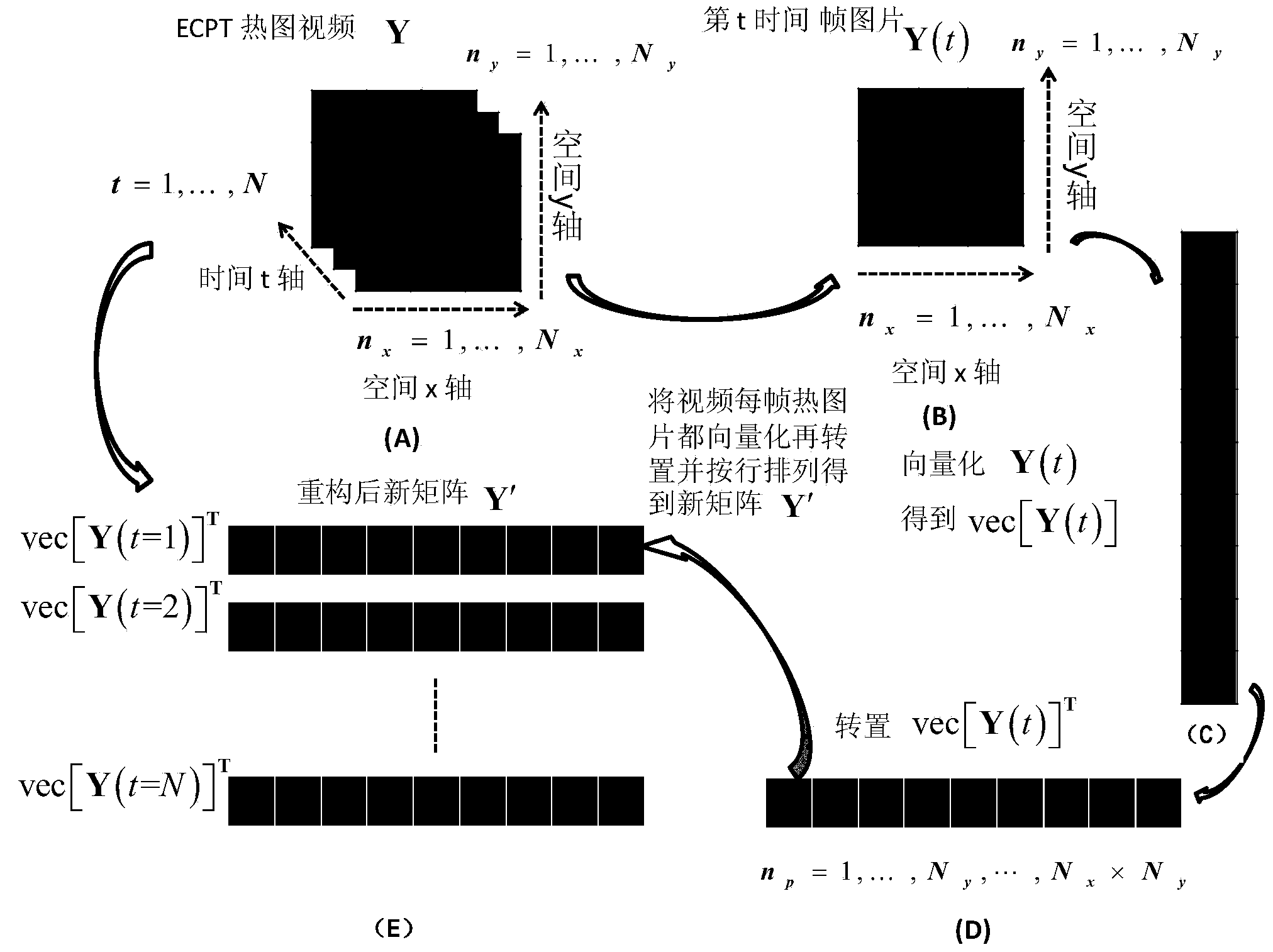Automatic defect detection and identification method for ECPT (eddy current pulsed thermography)
A pulsed eddy current and automatic detection technology, applied in the direction of material defect testing, etc., can solve the problems of wrong judgment of defect quantity, loss of data information, inaccurate detection and positioning, etc., and achieve the effect of automatic and accurate defect detection and automatic and accurate detection
- Summary
- Abstract
- Description
- Claims
- Application Information
AI Technical Summary
Problems solved by technology
Method used
Image
Examples
Embodiment Construction
[0016] Specific embodiments of the present invention will be described below in conjunction with the accompanying drawings, so that those skilled in the art can better understand the present invention. It should be noted that in the following description, when detailed descriptions of known functions and designs may dilute the main content of the present invention, these descriptions will be omitted here.
[0017] When there are defects (such as cracks) in the conductor material, under the action of ECPT, the eddy current distribution at the defect position is different under electromagnetic induction. When the eddy current path is at a defect (such as a crack), the path of the eddy current will change accordingly to form various distribution areas of different eddy current densities near the crack. The eddy current density concentration area will be formed at both ends of the crack, and the eddy current density dispersion area will be formed on both sides of the crack. Due t...
PUM
 Login to View More
Login to View More Abstract
Description
Claims
Application Information
 Login to View More
Login to View More - R&D
- Intellectual Property
- Life Sciences
- Materials
- Tech Scout
- Unparalleled Data Quality
- Higher Quality Content
- 60% Fewer Hallucinations
Browse by: Latest US Patents, China's latest patents, Technical Efficacy Thesaurus, Application Domain, Technology Topic, Popular Technical Reports.
© 2025 PatSnap. All rights reserved.Legal|Privacy policy|Modern Slavery Act Transparency Statement|Sitemap|About US| Contact US: help@patsnap.com



